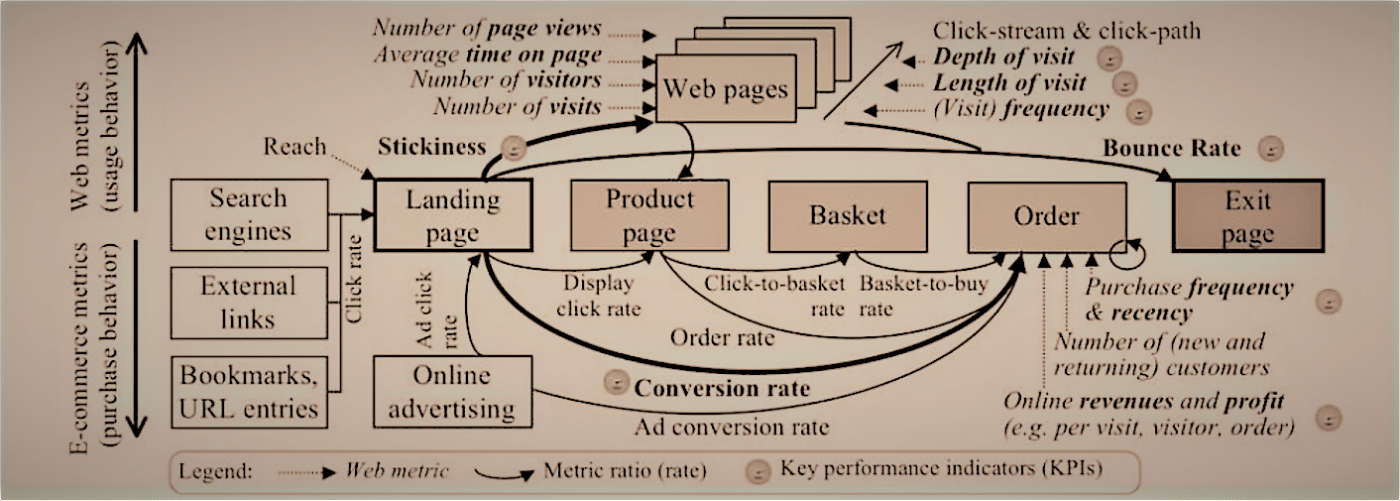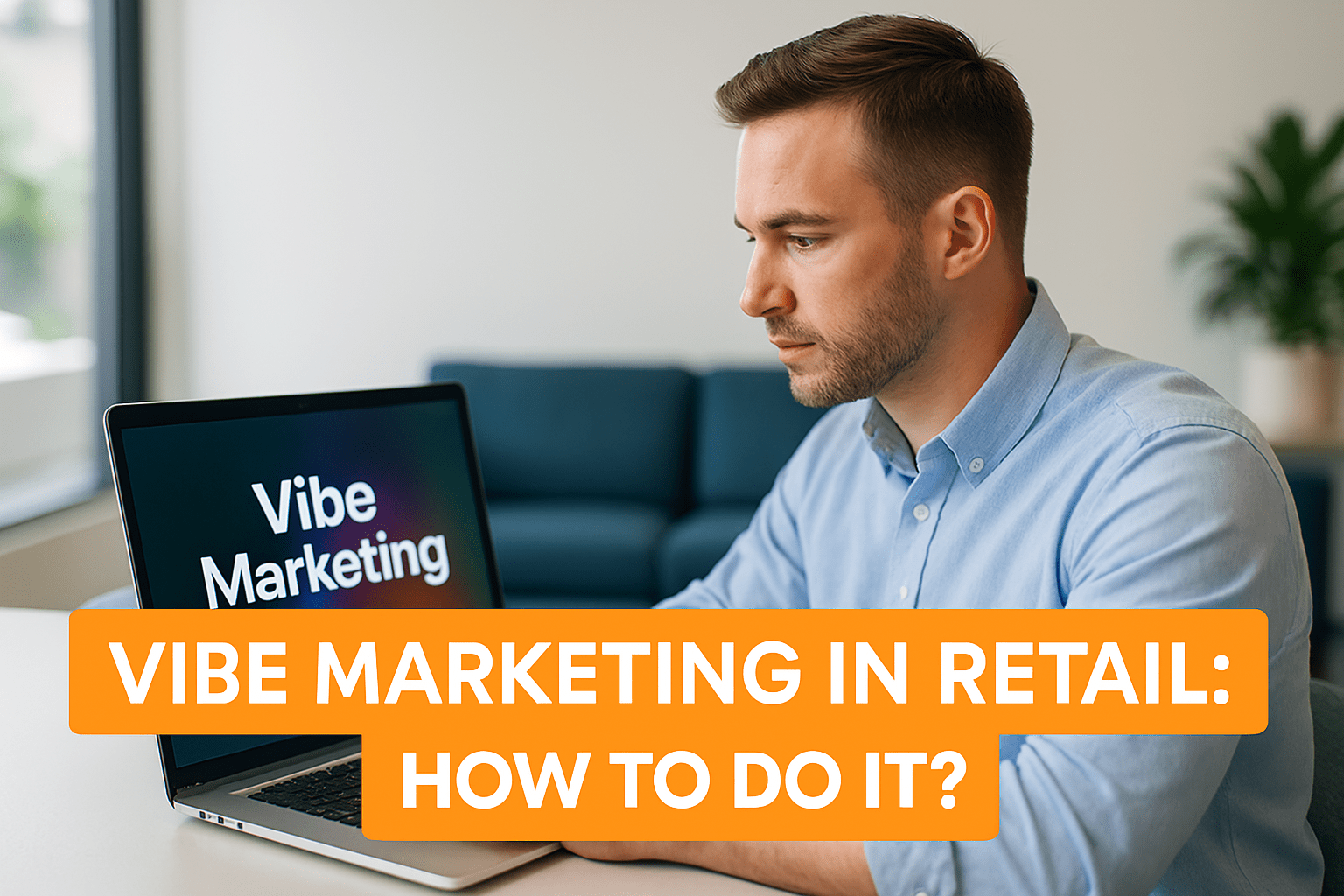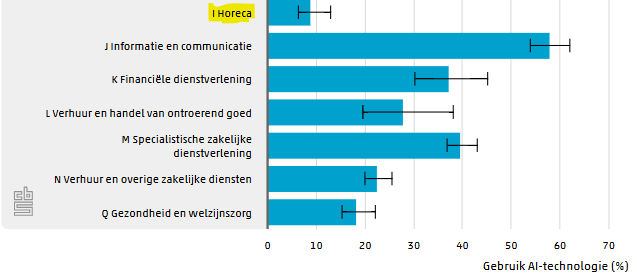A new concept is emerging: vibe marketing. Coined in tech, vibe marketing now describes a hands-on-yet-automated approach to managing customer engagement. In loyalty marketing, it means using intelligent tools to create highly personalized, data-driven programs—without getting lost in technical complexity. Rather than replace marketers, vibe marketing frees them to focus on strategy and creativity. For those looking to scale loyalty efforts with precision and agility, VEMT provides the structure and automation needed to bring the right “vibe” to every customer interaction.

What are the best Loyalty Metrics to use?
Although it is clear that companies don’t start loyalty programs without pursuing a goal, there are surprising little companies that express those goals in measurable KPI’s or loyalty metrics, and that monitor those consistently. At first sight, that is remarkable: why would you invest in a serious program without checking what it delivers?
When you go a bit deeper, you start to feel why that is so: it’s not easy. At all.
Defining loyalty metrics seems like a simple thing to do, yet, there is no ‘industry consensus’ about what loyalty exactly is, let alone on how you measure its success. What doesn’t help is that – by definition – loyalty should be measured on the long run, so only marketers with stamina persist and measure what the effects are for longer periods, and process these results. Most marketers get distracted on exciting news about conversion rates of the latest campaign or the amount of likes on that great post from the intern.
The latter sentence might be a bit too cynical, but it’s not for the faint of heart to determine the impact of your loyalty program. Let’s deep-dive and categorize the causes, before we go to the options that you do have as data-driven marketer to crack this nut.
Barriers for choosing the right loyalty metrics
First and foremost: it takes time before you see results. The speed will depend on the visiting frequency of your audience: supermarkets should be able to evaluate much faster than car sales men. To gather sufficient data for reliable statistical analysis in the largest part of the retail space will usually push you back for at least 3-6 months. In fashion retail, with its cyclical seasons and sales periods, it is hard to draw reliable conclusions before you have touched at least all seasons once. In travel, I would certainly count on minimally 2 years. These numbers are not very encouraging for most marketers to even start to get this done right. And yet, it will pay off. In the end. But first to the next barrier…
It’s difficult to use a control group. When you test a button on your website, you can easily choose a percentage of the visitors that see the green button vs the red one and thus finding out which one scores best with basic statistics (or you can get all Bayesian on it and find out more). Loyalty program participation is much harder to separate. Do you exclude certain people from our program? Based on what? You need time, which makes it difficult to keep other variables constant/neutral. You need to separate communication towards your participants and the group that is ‘not allowed’ to participate, which requires geographical separation (I’m in for other ideas on this one!), which most companies cannot realize. And if you can; can you actually compare these different geographies?
Tempting Shortcuts
There are a few shortcuts that Marketers try. And they don’t work. Not really.
If you take the most popular shortcut to compare members with non-members (only possible if you can gather detailed information about the latter group, which is an issue in itself: because they aren’t members, you will probably not know their purchasing behavior unless it’s an online shop only, or you have a registration procedure offline, which is rare), you run into the ‘self selection’ effect. Your best customers will have most benefit of the loyalty program (if you use rewards based on purchases as one of the reward drivers), so it’s relatively more beneficial for them to convert to members. So they will convert better and thus make up a larger part of the members than occasional customers. Next to that, they will have more exposure to your attempts to convince them to become members, thus they will also be relatively well represented among the first adopters, something that takes a long time to correct. Both of which reasons skew your audience considerably, preventing you from comparing members with non-members in an objective way.
“Look: my loyalty program members spend double compared to non-members!”
I don’t deny I have used this argument in the past to make a client feel good about their efforts, but if it is only based on the member/non-member comparison… it is simply not correct to attribute that lift in spend to the loyalty program. It’s not (completely) a lift: your better customers already did spend more before they drowned themselves in the benefits you offer them in your program.
Compare customer behavior before membership and after conversion is another shortcut. If you do have identified (purchase) behavior in your database previous to the customer converting to member, than you are comparing different moments in time over a long period. I guess you get the problem without elaboration.
Comparing total company revenue before and after the program launch is a shortcut that suffers from the same issue: how do you neutralize your results for all other (hidden) variables? The benefit of taking this shortcut is that it’s easy and cheap. I’ve learned that it’s generally better to mislead yourself quickly without spending too much budget to it, so I prefer this shortcut above the other ones.
The Solution you might be looking for
If you have come this far in this article, you know there is not much hope left that you will tackle this challenge. Yet, here is a scenario you can try to show yourself that you are a persistent data-driven Marketer searching for excellence and the objective truth about your program.
Change your perspective and solely look at the program goals. What are the business objectives for the loyalty program? Why was the program launched in the first place? It will help you to relate these goals to the 5 magic elements of the Customer Life Time Value formula:
- visiting frequency (mean time between visits/purchases)
- spend/visit (spend/contact)
- duration of the relationship with the customer (the classic definition of what loyalty is)
- engagement rate (participation rate)
- advocacy rate (referral rate)
Measure each of these elements in all your customer segments, for members and non-members. If you can automate that, you might be able to do that on an individual level, like we do at VEMT for the program members. It is harder to do for non-members, but it’s not impossible to do.
By going deeper in the details, you’ll overcome part of the barriers mentioned before. You can expand this further by using more relevant marketing metrics like RFM, spend by category, program enrollment velocity, NPS, speed of earning and redemption. Most of them are standard provided by the VEMT Loyalty Marketing Cloud, so you won’t have to do a lot of work for the member side.
Now you will have a long list of metrics that will provide you with insights in how customers behave. In itself, this list doesn’t say anything about the results of your loyalty program per se, for the reasons mentioned above. But there’s a trick for that!
This is the trick!
The next thing is the big trick of this approach that you won’t read in any book (yet): change something in your loyalty program. And observe the metrics carefully. Repeat. With some of these changes, you should be able to see loyalty members respond faster and stronger than non-members. Now you have revealed the power of your loyalty program: the increased speed and impact of your actions on members. Objectively measured. And fast. Results can be achieved in days.
With this insight you can see where you might have to improve and where you can harvest from your investments. Is it easy to increase spend/visit? Go for it! Does it prove easier to increase engagement? Use it in your benefit!
Implement new strategies in your program that work on compensating your weak spots until you’ll see the desired impact on member behavior. Experiment, experiment, experiment! And when you find a winning strategy: constantly challenge it with other ones to further improve. Don’t stick with: “members receive 5 points/purchase” for years, but use the power of your loyalty marketing cloud to update, change and experiment and constantly improve loyalty ROI. This is the way to manage a loyalty program in 2017.
Yes, VEMT can do that for you/support you, if it all seems like too much work for your modest team.
Alternative approaches for loyalty metrics
Want more? Of course! Even though the above mentioned trick is taking your loyalty program results to absolute heights, you can go further and work on more perspectives. By now, you get the hidden theory from this article: change your perspective, get details and experiment to find out the impact of your latest changes.
We won’t give it all away in this article, but try to experiment with the following perspectives:
- Cohort analysis
- Competitor Programs
- Cialdini’s Persuasion Profiles
- Activity levels (beyond purchases and social)
Future developments
Even though this article goes deep into loyalty metrics, you could decide not to invest in setting up what I just recommended a few paragraphs before. Real soon, before the end of 2017, we will be able to go beyond the thinking of loyalty metrics. With the fast growing powers of Artificial Intelligence (AI), it will become much easier to determine which strategies fit with which members, and the step of creating metrics for insight will be almost obliterate, since the actions will be executed before humans even got the chance to study the metrics. We’ll keep you up-to-date on those developments as they will become available.






